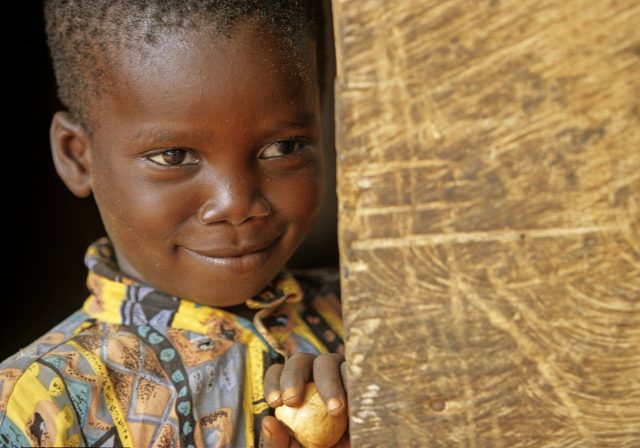The Manding languages, also known as Manden, belong to the Mande family of languages. These are mutually intelligible dialects and languages spoken in West Africa. The most significant representatives of the Manding languages are Bambara spoken in Mali, Mandinka spoken in Gambia, Maninka (also known as Malinke) spoken in Guinea and Dyula spoken in the northern Ivory Coast and western Burkina Faso.
When it comes to the relations and differences between these dialects and languages, it is worth to mention that the Manding languages are still researched. It is interesting to know that indigenous terms and words applied by English and French speakers since before colonization, makes those who research the Manding languages question about the origin and the history of Manding languages.
There are two groups of the Manding languages. They are the Manding-West group and Manding-East group. The main difference between these two groups in the phonetic structure. While languages and dialects belonging to the Manding-West group usually have 10 vowels (5 oral and 5 nasal), dialects and languages from the Manding-East group, typified by Bambara, have 14 vowels (7 oral and 7 nasal).
The Manding-West group include the following dialects and languages: Mandinka spoken in Senegal, Gambia, and Guinea Bissau; Kassonke (also known as Western Maninka) spoken in Mali and Senegal; Kita Maninka spoken in Mali; Jahanka spoken in Guinea, Senegal, Gambia, and Mali.
The Manding-East group includes the following dialects and languages: Marka (also known as Dafin) spoken in Burkina Faso and Mali; Bambara–Dyula spoken in Mali, Burkina Faso, and Ivory Coast; Eastern Maninka spoken in Mali, Guinea, and Ivory Coast; Bolon spoken in Burkina Faso; Sininkere spoken in Burkina Faso.
Despite the fact that Manding languages have a strong oral tradition, these dialects and languages also have various written forms. Written Manding languages are based on different scripts: at least two indigenous scripts, as well as adopted Latin and Arabic scripts.
Since the religion of Islam was introduced, the Arabic script was adopted to write in the Manding languages. It is worth to mention that Arabic script, also known as Ajami, is still widely used today.
The Latin script was adopted in the period of colonization, after the European conquest. In many countries and many languages, the Latin script is now considered to be official for teaching, literacy, and publication.
There are also two significant indigenous scripts used in Manding writing. These are the N’Ko script developed in 1949 by Solomana Kante, and alphabet for Bambara developed in the early 20th century. The main difference between these two is that the N’Ko script gaining in popularity, while the alphabet for Bambara is no longer used.




